We're In a Cargo Van Renaissance

Wake up, ladies and gentlemen, and listen to the happy news: we are in an automotive renaissance. The kind of renaissance that comes around but once every decade or two; the kind that’s accompanied by new designs and new powertrains and new features and new competition.
I am referring, of course, to the cargo van renaissance.
I’m not sure if you’ve realized it, but that’s exactly what’s going on around us: a renaissance of cargo vans. An explosion of new models, and new segments, and new powertrains, and new features, and new designs. When we look back years from now, we will all agree that the cargo van segment was forever changed by the years 2014 and 2015.
We weren’t always in a cargo van renaissance. When I was a kid, there were three cargo vans on the market: the Chevy cargo van, the Ford cargo van, and the Dodge Ram Van. At some point, the Chevy and Ford got a name, but they never really changed all that much. I mean, yeah, sure, they may have been “redesigned,” but they were still the same ol’ vans with the same ol’ layout and the same ol’ crappy engines and the same ol’ stereo with four radio station presets.
The biggest news in the cargo van world from approximately 1988 until 2013 was the arrival of the Dodge Sprinter, which replaced the Ram Van in the 2000s. And I admit, “big news” is an apt way to describe it: we were finally getting a tall-roofed, diesel-powered, Euro-style van. But it was not a renaissance, because nothing else happened after that. Ford kept selling the E-Series, and Chevy kept selling the Express, and that was that. Plus, the Sprinter was a little too expensive to really turn the cargo van world on its head.
The renaissance started to heat up when Ford brought us the Transit Connect in 2010. At first, we thought it was just an outlier: a single Turkish-built van that was bringing new life to the cargo van segment.
But Nissan inexplicably joined the fray, which struck me as odd because the cargo van segment must be tremendously unprofitable, in the sense that every single sale is to a government fleet or a rental car company who beats you up on price and asks things like: “Are you sure we can’t get one without a radio?”
Yet Nissan was steadfast. Not only did they come with a full-size cargo van, the NV, but they later debuted a smaller one called the NV200. I’ve never really understood why these models share only part of their name, but this is Nissan, the company who brought us the Murano CrossCabriolet, so I’ve learned not to question it.
And then the vans started flying in from everywhere. Ford came out with a new Transit Connect. Chrysler debuted a version of the FIAT Ducato called the RAM ProMaster. Then the smaller RAM ProMaster City came out. Then the new Ford Transit. Then General Motors even got involved by taking a badge-engineered version of the Nissan NV200 and calling it the City Express. In merely two years, the segment was completely on fire.
So what the hell happened?
Well, I’m not entirely sure. I think several automakers, Ford in particular, wanted to make sure they had a viable, decent alternative in every single segment, so they figured: Why not cargo vans, too? And then once Ford had some cool cargo vans, everyone wanted some cool cargo vans, and by God FIAT wasn’t exactly starved for them, so now we have about five different brand new cargo vans to choose from.
For those of you who think I’m overstating this renaissance, allow me to provide some facts: the Dodge Ram Van was sold in three generations that lasted from 1971 to 2003. That’s right: three generations. Thirty-two years. The current Ford E-Series, which Ford claims was redesigned in 2008 even though they only changed the lights, came out in 1991. And the Chevrolet Express has been in production, largely unchanged, since 1996.
In other words: the average lifespan of one of these vans is fifteen years. And yet we’ve seen seven new vans in the last three model years. If you are the kind of person who gets excited about commercial vehicles, this probably makes you very, very happy. Or perhaps very, very anxious when you’re trying to decide how best to spend your company’s money. Unfortunately, you still can’t get any of them without a radio.

More by Doug DeMuro
Latest Car Reviews
Read moreLatest Product Reviews
Read moreRecent Comments
- SCE to AUX I hope they're buying good lawyers, too.
- SCE to AUX Nothing to see here. Gas prices 2021-23 were the same as they were in 2007-2008, adjusted for inflation. The R's were in charge then.https://www.randomuseless.info/gasprice/gasprice.html
- VoGhost Just reminding us all that we have to tolerate dealers (many of whom are billionaires) in the US if we want new legacy ICE vehicles because the dealers pay for the campaigns of local politicians, with our money.
- 1995 SC I'm still trying to get past the fact that the Red Bull guy is married to a Spice Girl.
- Ravenuer Not into F1. Started watching NASCAR back when they raced actual cars. (yeah I'm that old). Not any more. They aren't "stock cars" now. Not even close. Even drag races don't interest me anymore. Races are over in 3 seconds.



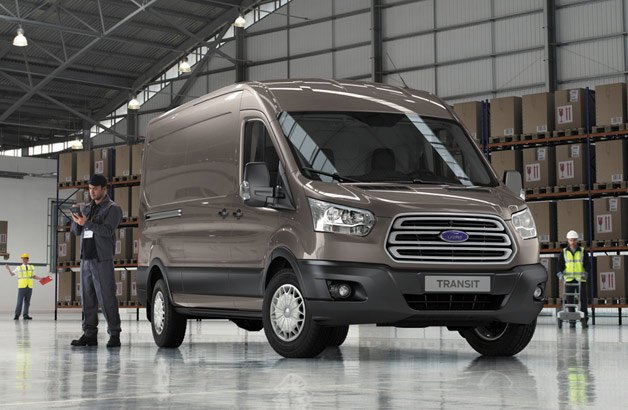















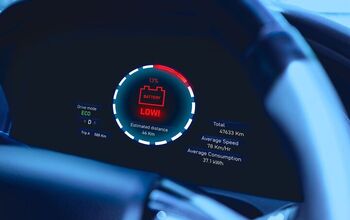
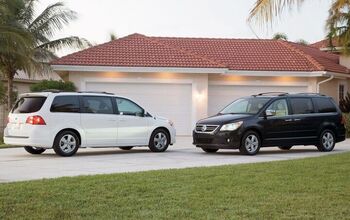


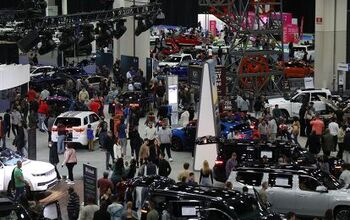
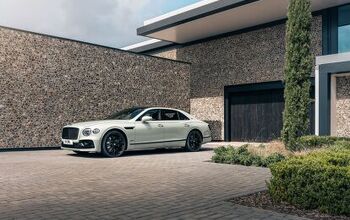
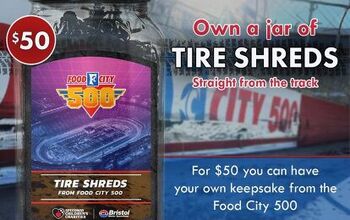

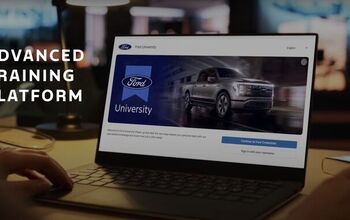
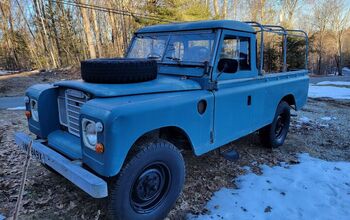

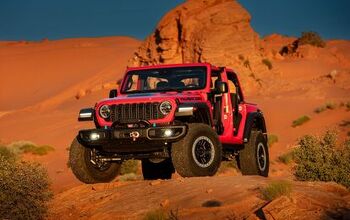

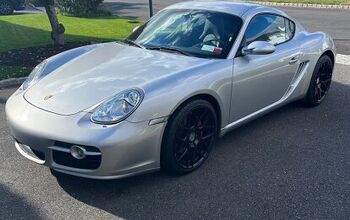

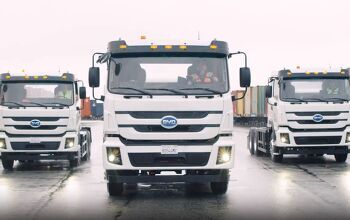
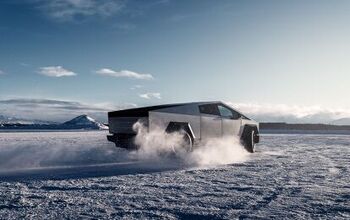
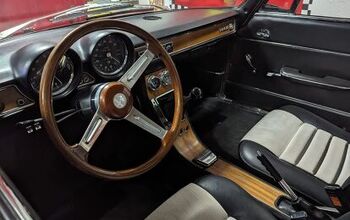
Comments
Join the conversation
@Lou_BC--Ford was hoping to convince Ranger buyers to stay within the Ford family. Even if Ford retained only 40% of the Ranger buyers that would be a good percentage of retained customers. I do think Ford was counting on keeping more Ranger owners and hoping for more of them to buy F-150s. I think Ford was a little too optimistic about the initial success of the new F-150. Over the next few years the new F-150 will gain more acceptance and a larger market. I know many truck owners that prefer smaller trucks and not all of them are looking for a base model. I have observed more new crew cab Colorados than extended cab ones on the road and most are 4 x 4s that are well equipped. @Robert Ryan--I think Ford was caught off guard about GM's success with the Colorado/Canyon twins and now with Toyota refreshing the Tacoma Ford is taking another look at a small or midsize truck. It looks like FCA has testing mules according to the article in Pickup Trucks.com. I realize that having testing mules is not a commitment to make a smaller truck but it does show that FCA is considering a smaller truck. We will see what happens.
I am curious but has anyone seen one of these new vans made into a custom or conversion van? Does anyone even buy new conversion vans anymore? Just curious. I haven't seen a new conversion van in years.